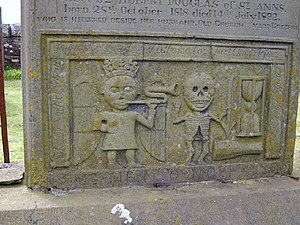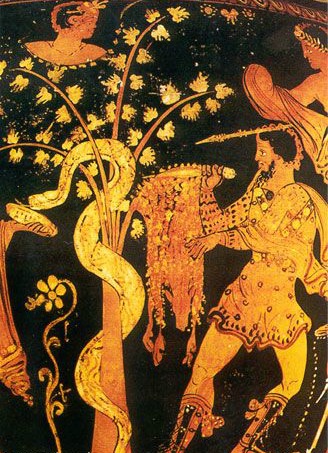
I have just had the privilege of listening to an interview with South Africa’s eminent Justice and renowned campaigner for justice in apartheid South Africa, Albie Sachs. I recommend the interview to every one who aspires to a more civil and humane society. He woke up after someone tried to kill him with a bomb and was euphoric that he had only lost an arm. He later met and shook hands with the man who planted that bomb to kill him.
Albie Sachs came from a family that knew the Jew-murdering pogroms in Lithuania. He has always stood against racism and every form of discrimination and marginalization of minorities. I was impressed with his insights even to the positive contributions made by the tiny communist parties in South Africa and elsewhere.
We abhor the mocking of the physically handicapped. We hate racism. We protest against the discrimination against women. We now advocate for respect for gays. We demand rights and respect for all humanity.
But some of our public intellectuals, ironically even those who profess to be both public intellectuals and Christians, are not the least bothered by despising, publicly mocking, marginalizing, denigrating and slandering those who think differently from the way they do.
I am not a public intellectual but have had the benefit of a good formal education with some wonderful intellectual guides, and opportunities to learn much since. I have never “attacked” (or if I have I have regretted it) Christians or even Christianity or fundamentalists or those who believe in Atlantis or psychic phenomena or UFOs etc, but I have engaged many adherents of these in forthright and civil discussions. They deserve to be heard because they are not inciting hatred and are sincere. I was once a fundamentalist and anti-evolutionist myself, so I am in no position to ridicule anyone for the ideas they hold.
The noble thing about intellectuals like Richard Dawkins and Jerry Coyne and Michael Shermer is their ability to address creationist or intelligent design arguments — and therefore creationists themselves — with respect. They listen to what creationists say. Carefully. And they respond with civility and directness. Where they have found dishonesty, as verified in some cases by court-tested evidence, they have aired this information, too. They show how one can do that without adding unwarranted sneers or name-calling.
Yet some public intellectuals in the field of biblical studies — those who call themselves “Christians” even — have demonstrated the same sorts of ignorance and bigotry against those who challenge their arguments and assumptions as were once commonly directed against the physically handicapped, different races, gays, women. Example, against “Christ myth” arguments.
These public intellectuals also incite public disrespect, even saying that certain people don’t deserve to be listened to because of their different views about an intellectual topic of which they regard themselves the public guardians. This is not how evolutionary scientists defend science against creationists.
Public intellectuals have a responsibility to promote a civil society (meaning civil discourse at all levels) and intellectual integrity. There are too many New Testament scholars who fail dismally in both responsibilities. Even one is too many.










